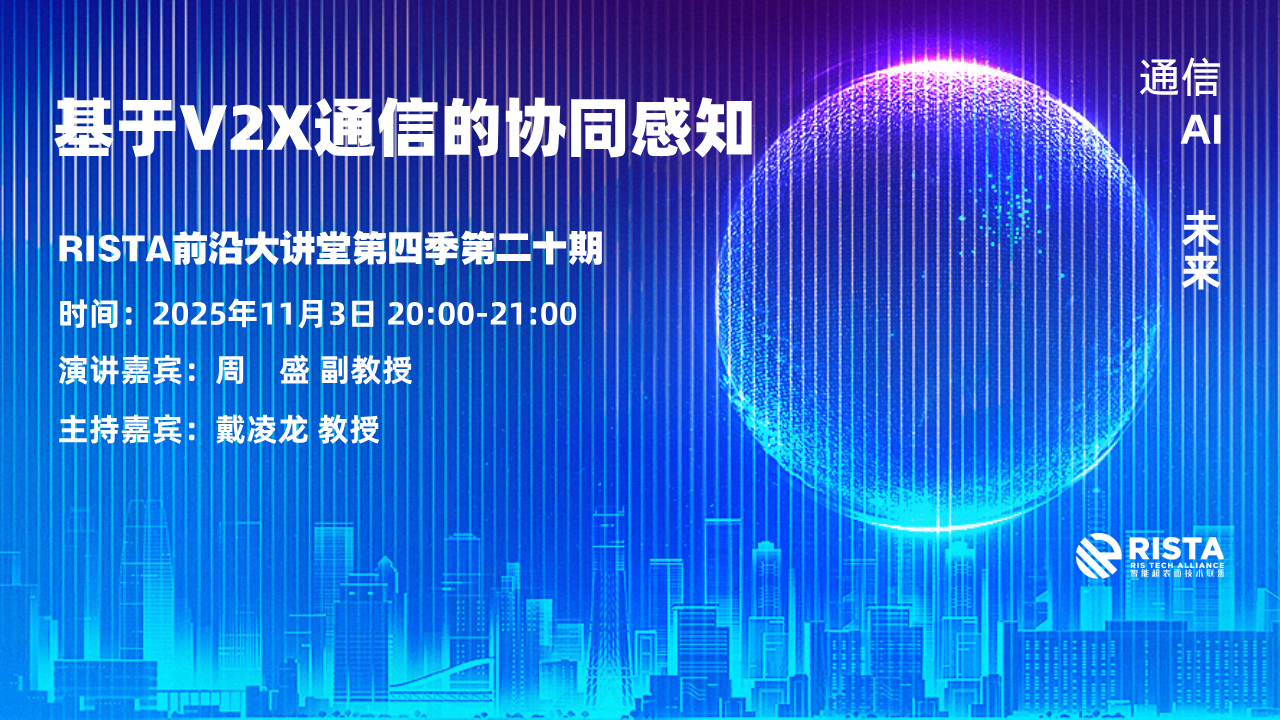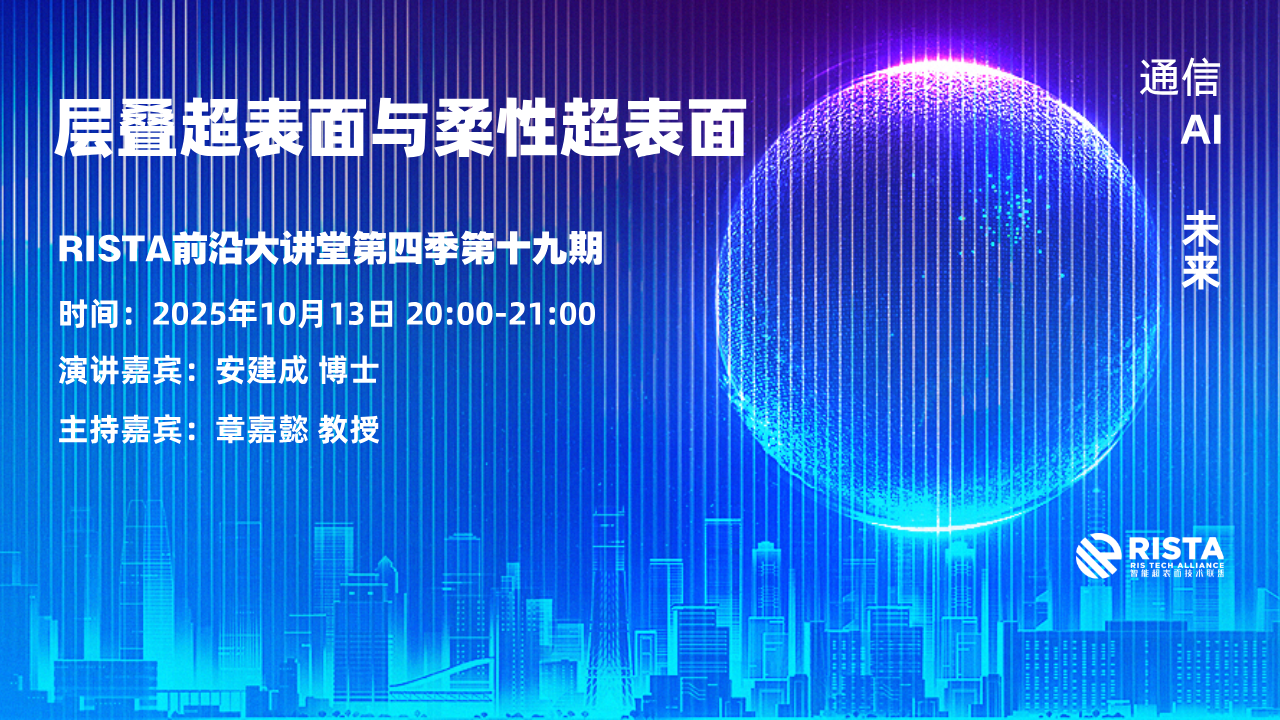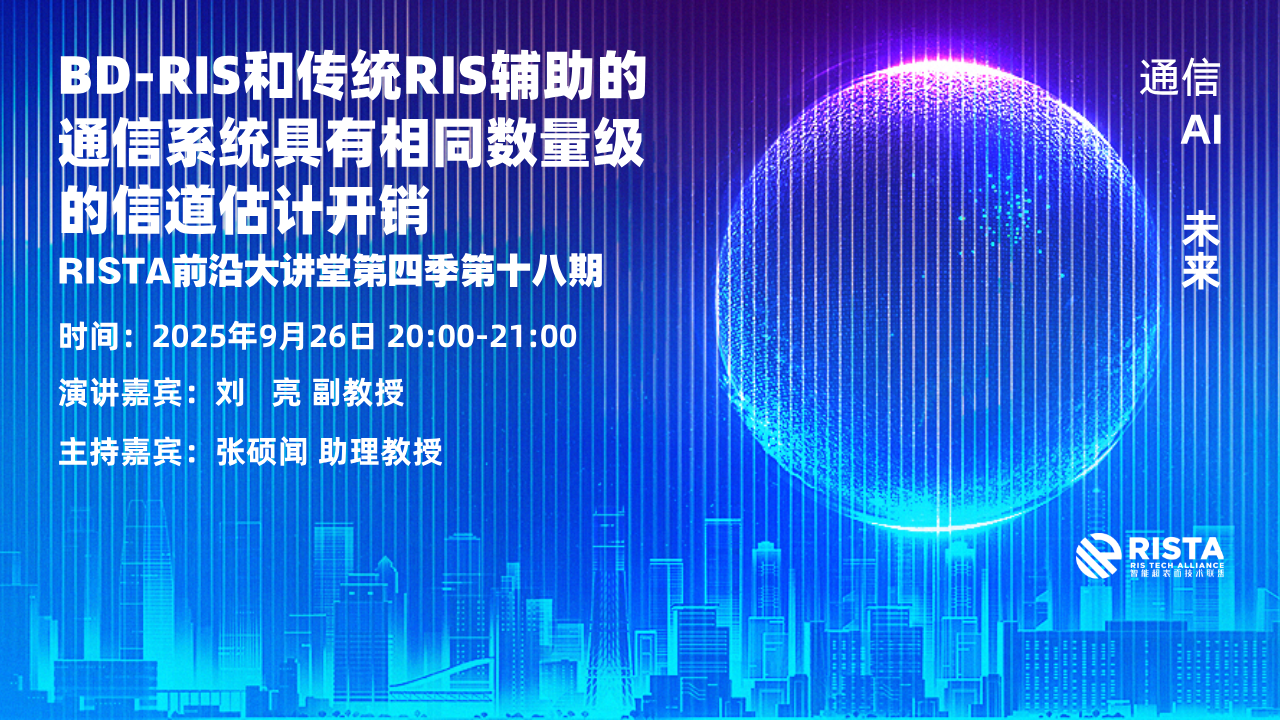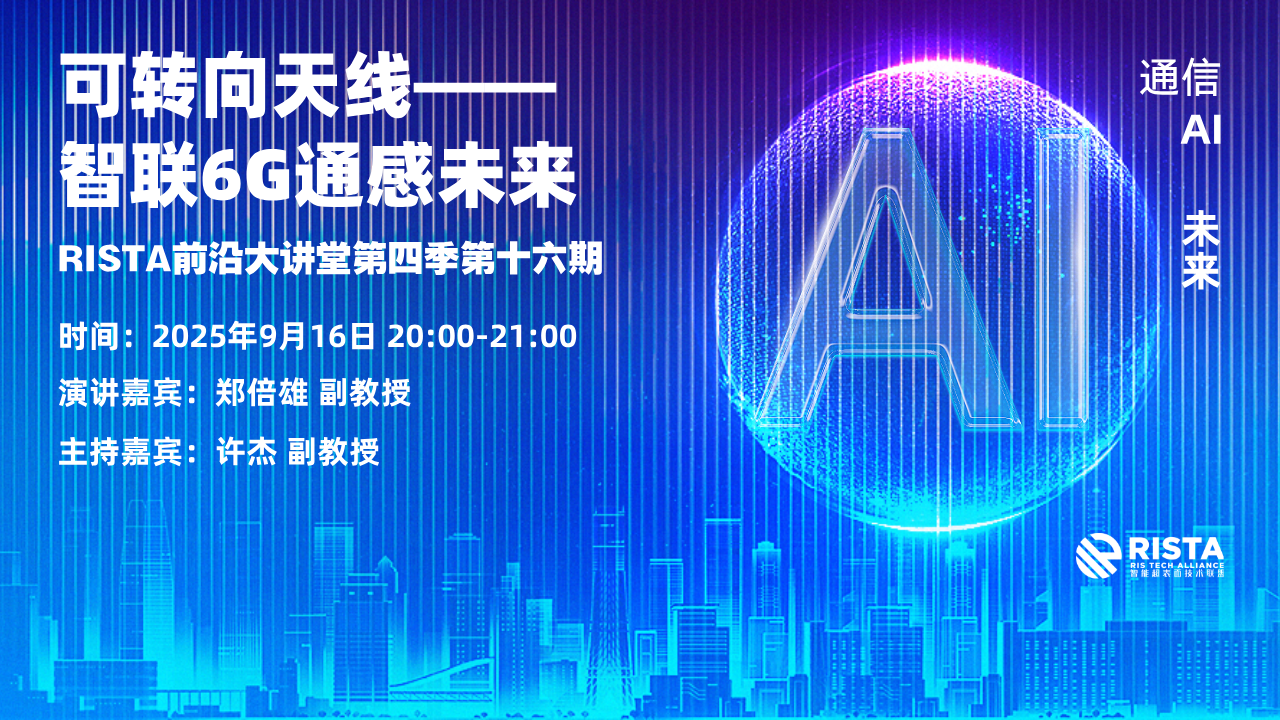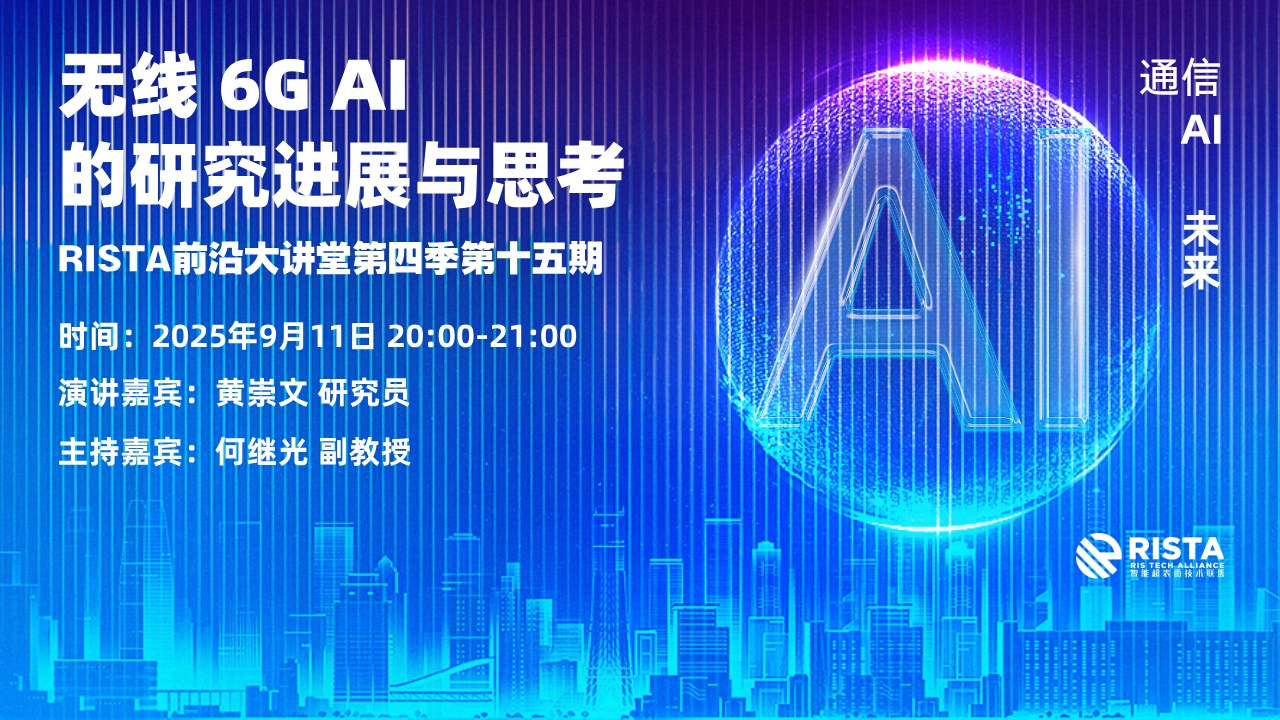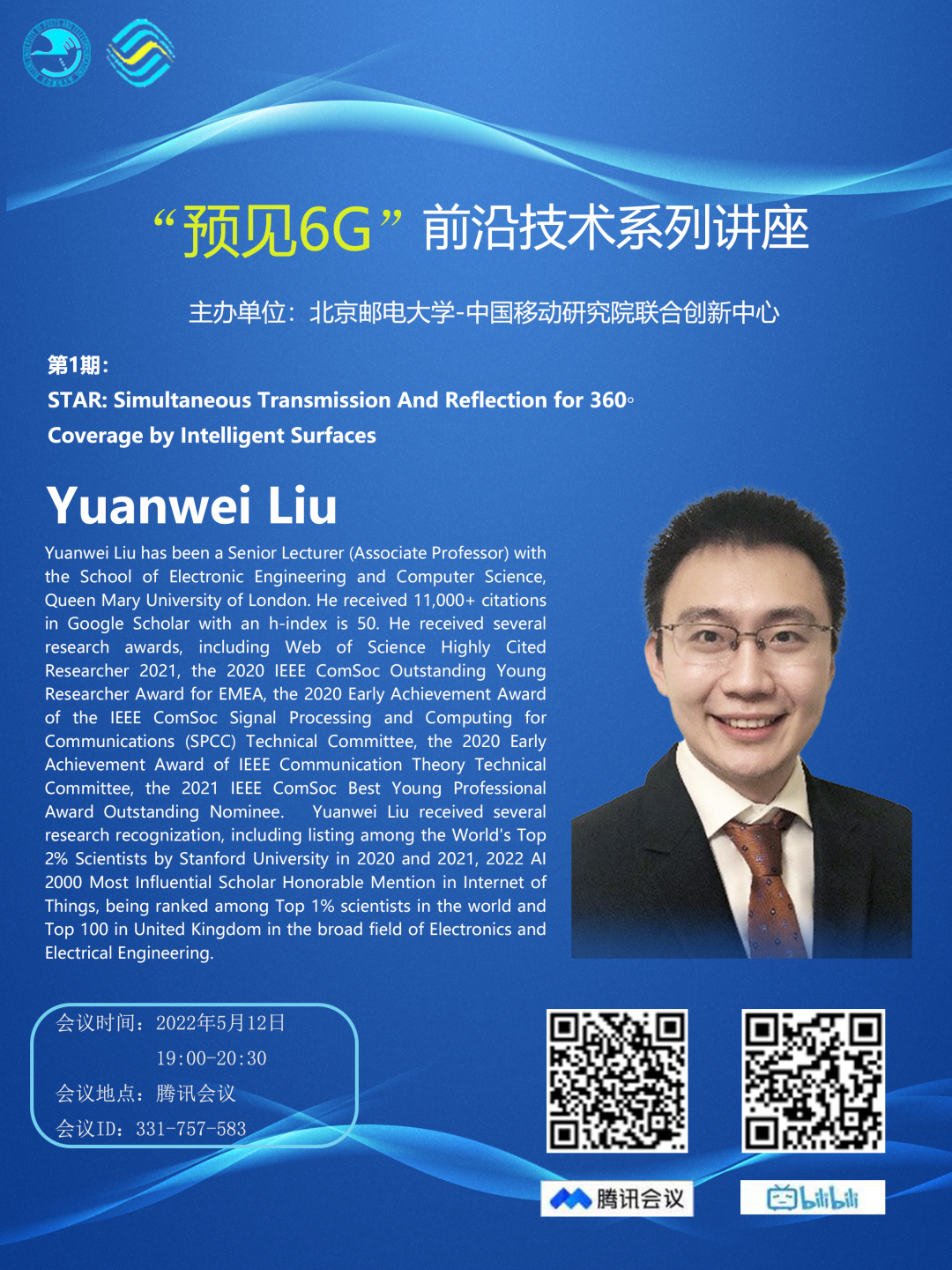
刘元玮:副教授、SCI全球高被引学者
刘元玮,现任伦敦玛丽皇后大学(编者注:该大学为智能超表面技术联盟会员)电子工程与计算机科学学院高级讲师(副教授)。现任IEEE Communications Letters高级编辑、IEEE Transactions on Wireless Communications 和IEEE Transactions on Communications编辑、IEEE JSAC下一代多址接入专刊首席客座编辑、IEEE JSTSP下一代无线网络非正交多址信号接入预处理专刊客座编辑。现任下一代多址新兴技术学术主席、VTC 2019年秋季宣传联合主席、SPCC下一代多址信号处理技术技术委员会特殊兴趣组(SIG)主席、智能无线电环境可重构智能表面特别工作组副主席。
主要研究方向包括NOMA、RIS、通感一体化以及机器学习。其文章在谷歌学者网站中被引用11000多次,h指数为50。荣获2021年Web of Science高引用研究员,2020年欧洲、中东及非洲IEEE ComSoc优秀青年研究员奖、2020年IEEE ComSoc信号处理和通信计算(SPCC)技术委员会早期成就奖、2020年IEEE通信理论技术委员会早期成就奖、2021年IEEE ComSoc最佳青年专业奖杰出提名人。被斯坦福大学列为2020年和2021年度世界前2%科学家,入选物联网领域2022年人工智能全球最具影响力学者榜。跻身电子和电气工程领域世界前1%和英国前100名科学家。
报告摘要:
✦
✦
Abstract: A novel simultaneously transmitting and reflecting (STAR) system design relying on reconfigurable intelligent surfaces (RISs) is conceived. First, an existing prototype is reviewed and the potential benefits of STAR-RISs are discussed. Then, the key differences between conventional reflecting-only RISs and STAR-RISs are identified from the perspectives of hardware design, physics principles, and communication system design. Furthermore, the basic signal model of STAR-RISs is introduced, and three practical protocols are proposed for their operation, namely energy splitting, mode switching, and time switching. Based on the proposed protocols, a range of promising application scenarios are put forward for integrating STAR-RISs into next-generation wireless networks. By considering the downlink of a typical RIS-aided multiple-input single-output (MISO) system, numerical case studies are provided for revealing the superiority of STAR-RISs over other baselines, when employing the proposed protocols. Finally, several open research problems are discussed.
本文转自北邮-中移研究院联合创新中心公众号文章“预见6G”前沿技术系列讲座第一期。


